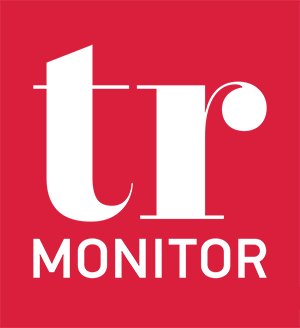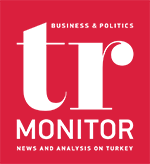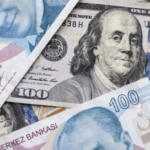Turkey’s Central Bank’s (CBRT) monetary board will hold its last meeting of the year tomorrow. The announcement made after the November board meeting signaled that interest rate hikes were nearing the end. There was an expectation that the process would be completed with rate hikes in December and/or January. According to the CBRT’s November inflation report, the expected inflation at the end of 2024 ranges between 30% and 42%. In this framework, the bank announced its year-end forecast as 36%, taking the midpoint. When the Committee made its November decision, 12-month inflation expectations were close to 45% in the market. In the latest survey, expectations fell to 42%
CBRT to complete the tightening process
In this framework, the upper end of the Central Bank’s forecast and market expectations intersected. Taking this into account, we can expect the Central Bank to exceed its own forecast of 42% at its December meeting and end the year at 42.5% or 43%, or even stop raising interest rates. At this point, the Central Bank will be able to say that it has reached the real interest rate point according to both its own most pessimistic forecast and market expectations. Moreover, the decisions taken at the end of the last meeting, based on the determination that the monetary transmission mechanism was not working well on the deposit side, and the developments have brought deposit rates to 50% compounded in the short term.
Unless the rate of increase in the minimum wage in January and its pass-through to prices creates a very surprising and negative impact, the Central Bank may complete the rate hike process.
We have come to a challenging period
Under normal circumstances, we expect monetary policy to take effect in 6 to 18 months. Considering that the monetary tightening started last June, it would not be wrong to expect that the process has started and will be felt even more in the coming period. We can say that the main factors that we need to see in this process are the decline in domestic demand with rising interest rates, the change in pricing behavior, and the breaking of the wage – exchange rate – inflation spiral. Although we have seen a slight slowdown in domestic demand so far, we have not yet experienced any developments in other factors. We all know that the real challenge is to experience these developments and manage this process. The difficult process begins. The important question is whether we will be able to continue with determination and take the structural steps to support monetary policy. If we succeed, we will start to see the results of monetary policy in a positive direction.
At this point, it is worth taking another look at the lessons we should learn from history. Anıl Arı and Lev Ratnovaki’s article in the December issue of Finance and Economics discusses the lessons that can be drawn from the 100 inflation shocks since the 1970s. It emphasizes that inflation is always persistent and must be tackled with the utmost determination. According to the results of the study, 40 out of 100 cases failed to bring inflation back to the level at the beginning of the shock even in five years. The remaining 60 brought inflation back to pre-shock levels in about three years. In other words, the fight against inflation is not an easy process, failure is not unlikely, and success requires years, not months. It is worth noting again that what is meant by “achieving” is the level before the inflation shock. If this level is already high, it takes even more time to reach the lower target rates. The second important conclusion of the study is that countries that declare an early victory in the fight against inflation and loosen monetary policy run a high risk of facing rising inflation again after a while. It is important to bring inflation to the targeted low level and stay there. Another important success factor is the credibility and consistency of central banks. The more successful the Central Bank has been in its recent experience in fighting inflation, the better the chances of success in the new fight. The greater the failure, the more time it may take to regain it. Another important factor is that even if there is a significant loss in growth at the beginning of the fight against inflation, if the process is successful, it leads to more permanent and stable growth. The 2001 post-crisis disinflation program is one of the best examples of this.
There are important lessons we can learn from all these examples. The most important elements seem to be being decisive and patient, to start structural reforms in addition to monetary policy and to pursue them to the end. The fact that the monetary policy in Turkey has not been successful in combating inflation for almost the last decade, on the contrary, inflation has been at a higher level despite the 5% target, poses a significant problem in terms of credibility and consistency. The tight monetary policy that we started about 6 months ago is moving in the right direction in combating this abnormally high inflation that we created out of nothing. We have a tough road ahead of us, full of challenges and work to be done.







